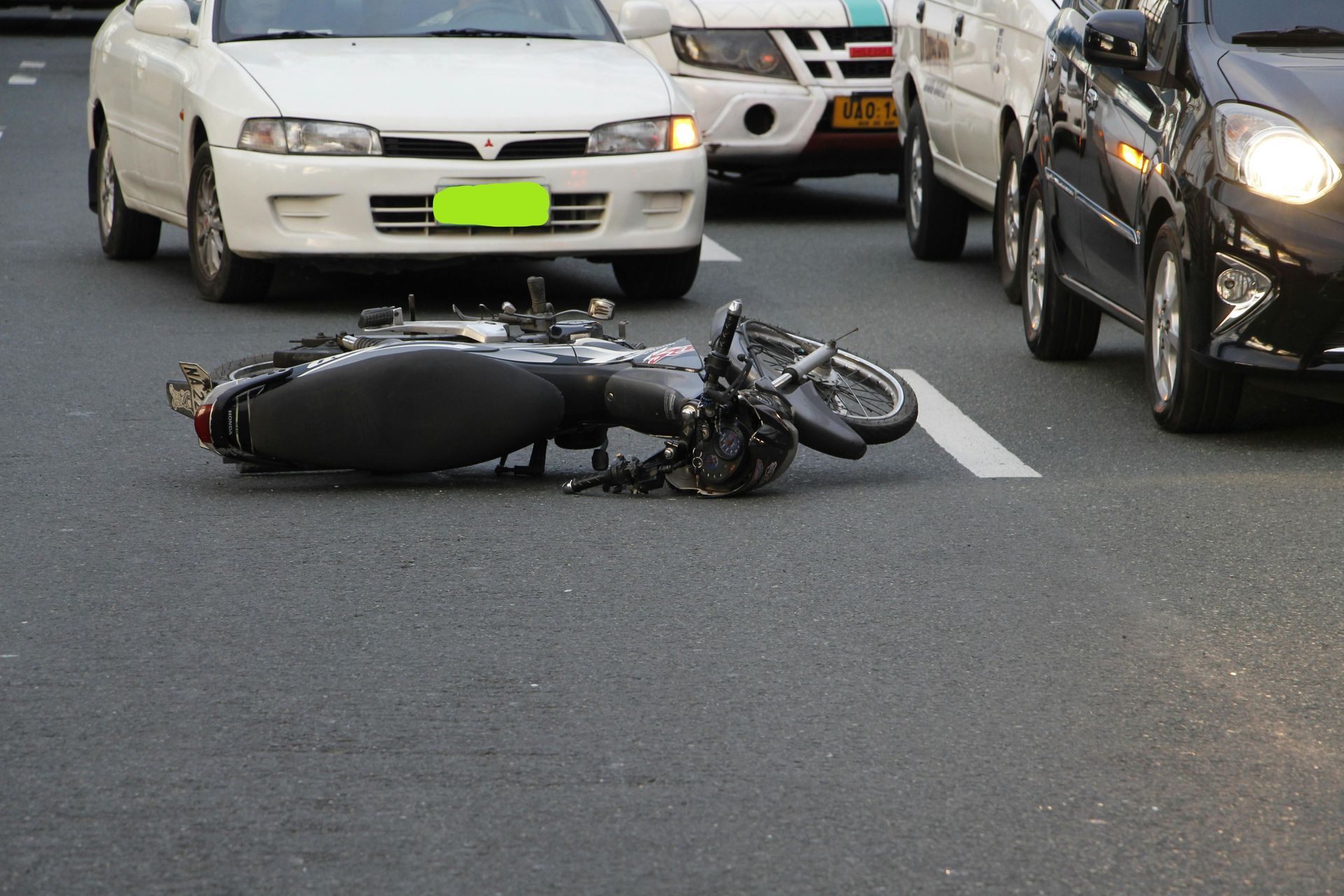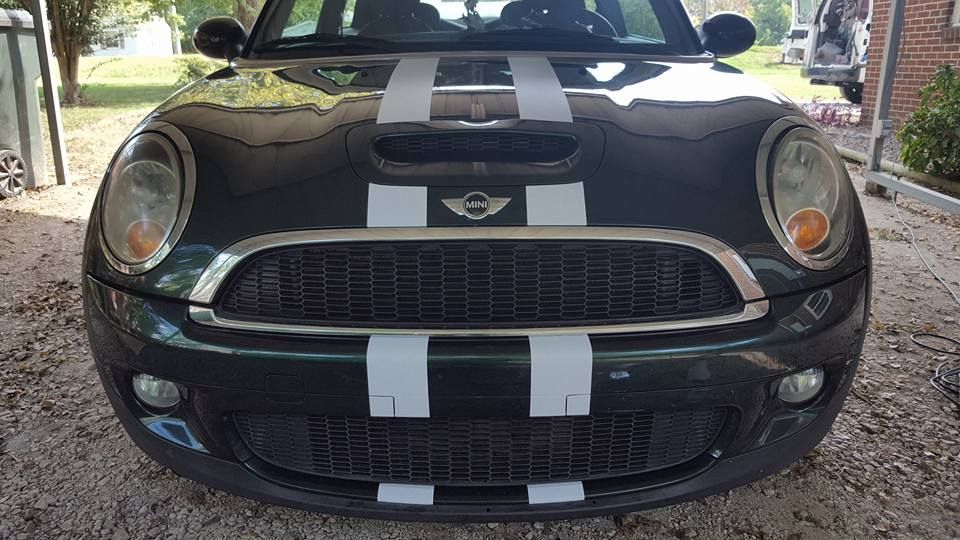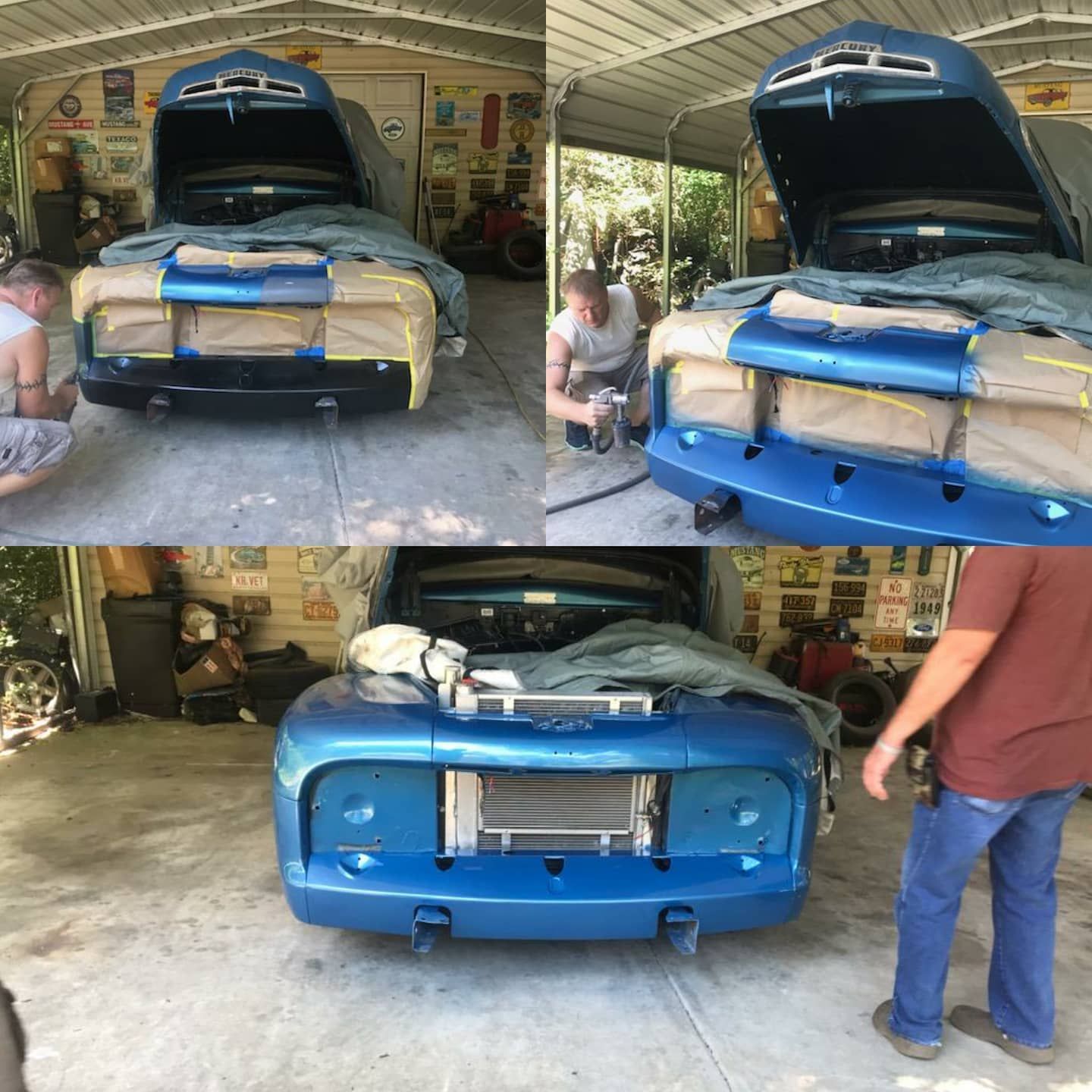
Hidden Auto Body Damage: What to Look For After a Minor Accident
You're driving home from work when suddenly—bump! A minor fender bender occurs. Your car looks okay with just a small dent, so you exchange information, shake hands with the other driver, and continue on your way. But beneath that seemingly minor damage could lurk bigger problems that might affect your safety and your wallet down the road.
After a minor accident, you should check for hidden damage in your car's frame, alignment, electrical systems, suspension, and underlying body panels. Even small collisions can cause structural issues that aren't immediately visible but could compromise your vehicle's safety and performance if left unaddressed.
Minor accidents often seem harmless at first glance. That small dent or scrape might not look like a big deal, but modern vehicles are complex machines with interconnected systems. What appears as surface-level damage could actually signal problems with your car's frame, electrical components, or safety features that might worsen over time.
Understanding the Dangers of Undetected Car Damage
Why Minor Accidents Can Cause Major Problems
Today's vehicles are designed with crumple zones and complex structures meant to absorb impact. When these systems do their job during a collision, the energy gets distributed throughout various parts of your car. This means damage can occur far from the point of impact.
A small rear-end collision might seem to only affect your bumper, but the force can travel through your vehicle and damage components you can't see. Modern cars use lightweight materials like aluminum and high-strength steel that can bend or crack in ways not visible during a casual inspection.
Even low-speed impacts of 5-10 mph can cause hidden damage to:
- Frame rails and mounting points
- Cooling system components
- Sensor arrays for safety systems
- Airbag sensors and wiring
- Fuel system lines
Safety Risks of Ignoring Hidden Damage
Overlooking hidden damage doesn't just hurt your car—it could put you at risk. A compromised frame might not protect you properly in a future accident. Damaged sensors might cause your airbags to deploy incorrectly or not at all.
Some safety issues may develop gradually after a minor collision:
- Misaligned wheels can cause uneven tire wear, reducing traction
- Bent suspension components may affect handling in emergency maneuvers
- Damaged brake lines might lead to brake failure
- Cracked fuel lines could create fire hazards
Common Types of Hidden Auto Body Damage
Frame and Structural Issues
Your car's frame is its backbone. Even slight bending or twisting can affect how your vehicle handles and protects you. Modern unibody designs mean that damage to one area can stress other parts of the structure.
Signs of frame damage include:
- Doors that don't close properly
- Unusual gaps between body panels
- Windows that don't roll up or down smoothly
- Visible creases in the paint along structural lines
Alignment Problems
Alignment issues are among the most common hidden problems after minor accidents. When your wheels aren't properly aligned, your car may pull to one side, your steering wheel might be off-center, or your tires might wear unevenly.
A proper wheel alignment check should be part of any post-accident inspection, even for seemingly minor impacts. Misalignment not only affects handling but can lead to premature tire wear—an expensive consequence of an overlooked problem.
Electrical System Damage
Modern vehicles contain dozens of sensors and miles of wiring. Even a minor impact can dislodge connectors or damage delicate electronic components. Warning lights on your dashboard after an accident should never be ignored.
Common electrical issues after minor collisions include:
- Malfunctioning backup cameras
- Parking sensors giving false readings
- Headlight aiming problems
- Issues with power windows or locks
- Check engine lights or airbag warnings
Suspension and Steering Components
Your suspension system absorbs road impacts and keeps your car stable. After an accident, components like control arms, tie rods, or struts might be bent or damaged. These problems can worsen over time and lead to unsafe driving conditions.
Watch for these suspension warning signs:
- Unusual bouncing after driving over bumps
- Uneven tire wear
- Knocking sounds when turning
- Car sitting lower on one side
Hidden Rust and Corrosion
When paint chips or the protective coatings on your car's underside get damaged in a minor accident, you might not notice right away. However, exposed metal can quickly begin to rust, especially in areas with winter road salt or high humidity.
This delayed damage can spread underneath body panels or inside frame components, weakening structural integrity long after the initial accident.
How to Inspect Your Car After a Minor Accident
Visual Inspection Techniques
After any collision, take time for a thorough visual check of your vehicle:
- Look for fluid leaks on the ground where your car was parked
- Check for cracked plastic parts or misaligned panels
- Examine gaps between body panels for consistency
- Open and close all doors, the hood, and trunk to check alignment
- Look underneath the car (if safe) for hanging parts or damage
Use a flashlight to check dark areas and don't forget to inspect inside wheel wells where damage often hides.
Test Drives and What to Notice
A careful test drive can reveal problems not visible to the eye:
- Drive in a safe, empty area like a parking lot first
- Test your brakes at various speeds
- Make slow, gentle turns in both directions
- Listen for unusual noises
- Feel for vibrations through the steering wheel
- Notice if the car pulls to one side when driving straight or braking
Trust your instincts—if something feels different about how your car handles, it probably is.
When to Use Diagnostic Tools
Some damage requires special equipment to detect. Many auto parts stores offer free code reading services that can identify electrical problems. However, specialized equipment like frame measuring systems can only be found at professional shops.
After any accident, consider having these diagnostic checks:
- Computer system scan
- Wheel alignment check
- Suspension component inspection
- Brake system evaluation
Warning Signs You Shouldn't Ignore
Unusual Noises and Vibrations
Your car is trying to tell you something when new noises appear after an accident:
- Grinding could indicate damaged brakes or wheel bearings
- Clunking often means loose or damaged suspension parts
- Rattling might be a heat shield or exhaust component
- Humming that changes with speed could be tire or drivetrain related
Vibrations are equally important warning signs:
- Steering wheel vibration at certain speeds may indicate wheel balance issues
- Brake pedal pulsation could mean warped rotors
- Entire vehicle shaking might point to frame or drivetrain problems
Handling and Performance Issues
Pay attention to how your car responds after a collision:
- Does it take longer to stop?
- Does the steering feel looser or tighter than before?
- Does the transmission shift differently?
- Has your fuel economy suddenly decreased?
These changes may indicate hidden damage that needs professional attention.
Visible Indicators of Hidden Problems
Sometimes subtle visual clues point to bigger issues:
- New dashboard warning lights
- Uneven headlight beams at night
- Tires wearing on just the inside or outside edges
- Doors not closing with the same sound or feel
- Paint bubbling (indicating rust underneath)
Professional Assessment vs. DIY Inspection
Limitations of Self-Inspection
While checking your car yourself is important, there are limits to what you can detect without training and equipment. Many critical components are hidden from view, and damage patterns can be complex.
A DIY inspection might miss:
- Hairline cracks in frame components
- Internal damage to struts or shock absorbers
- Subtle electrical issues that might worsen over time
- Airbag system problems
- Cooling system damage
Benefits of Professional Auto Body Evaluation
Professional auto body technicians have several advantages when inspecting for hidden damage:
- Experience recognizing damage patterns
- Training in vehicle construction
- Access to specialized diagnostic equipment
- Knowledge of manufacturer repair standards
- Ability to spot potential safety issues
Many quality shops offer free post-accident inspections because they understand that identifying problems early prevents more expensive repairs later.
Finding the Right Auto Body Repair Shop
What to Look for in a Quality Repair Service
Not all repair shops are equal when it comes to identifying and fixing hidden damage. Look for:
- Certification by industry organizations (ASE, I-CAR)
- Modern diagnostic equipment
- Technicians with specific training for your vehicle make
- Clean, organized facilities
- Transparent explanation of findings
Ask to see the inspection process and have damages explained clearly with visual evidence when possible.
Questions to Ask Before Committing
Before trusting a shop with repairs:
- "Will you provide a written estimate detailing all damage found?"
- "Do you use OEM (Original Equipment Manufacturer) parts?"
- "What warranty do you offer on repairs?"
- "Can you show me the damaged areas and explain why they need repair?"
- "How long have you been working on vehicles like mine?"
A reputable shop will welcome these questions and provide clear answers.
Preventing Future Hidden Damage
Regular Maintenance Tips
Routine maintenance helps identify problems before they become serious:
- Get regular alignments (especially after hitting large potholes)
- Rotate tires and check for uneven wear patterns
- Have suspension components inspected during oil changes
- Keep records of how your car normally handles
Proactive Inspection Habits
Develop these habits to catch problems early:
- Walk around your car regularly looking for changes
- Check underneath occasionally for leaks or hanging parts
- Listen for new noises when driving
- Be sensitive to changes in handling or performance
- Take photos of your car from multiple angles so you have "before" images
Next Steps: Getting Professional Help
Don't take chances with hidden damage after an accident. Even seemingly minor collisions can cause problems that might affect your safety or lead to more expensive repairs down the road.
Mobile Brewer offers comprehensive auto body services including detailed post-accident inspections, frame repair, and alignment correction. Their experienced technicians specialize in uncovering hidden damage that others might miss.
Whether you need auto body work, bed liners, detailing, odor removal, or headlight restoration, Mobile Brewer provides expert service to residents in Rock Hill, Lake Wylie, Fort Mill, and Charlotte areas. Don't wait until small problems become big ones—contact Mobile Brewer today for a thorough inspection of your vehicle.
Remember, when it comes to your safety and your vehicle's integrity, it's always better to be sure than sorry. Get your car checked by professionals who care about keeping you safe on the road.


